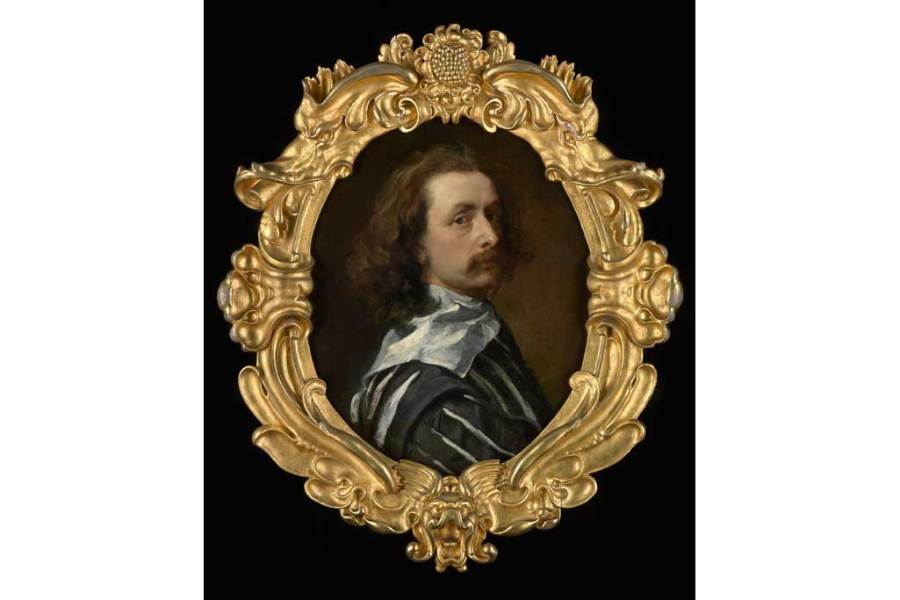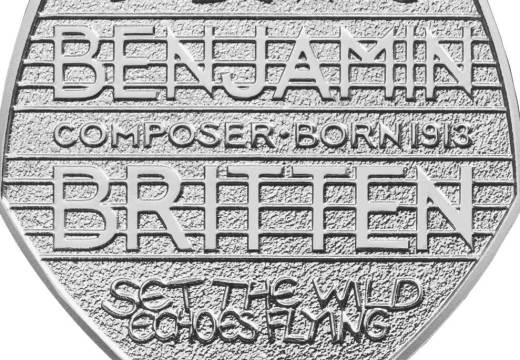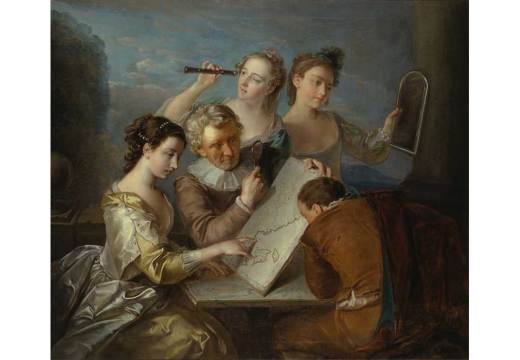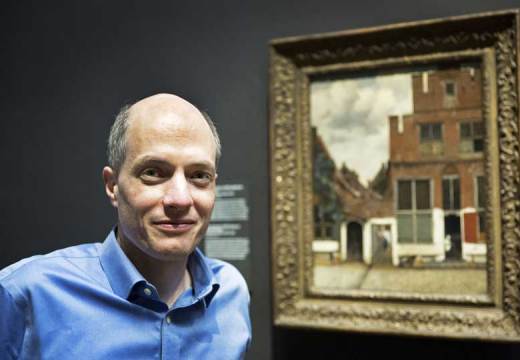He may have been Flemish by birth but Sir Anthony van Dyck was enthusiastically embraced by the English court and its king, Charles I, when he moved here in 1632. Today it was announced that a major fundraising campaign – which included a new royal endorsement from the Duchess of Cambridge – has succeeded in saving the artist’s final self-portrait for his adoptive nation.
£10 million was needed to secure the work, which has been acquired for the National Portrait Gallery and will tour the nation over the next three years. £6.3m was put forward by the Heritage Lottery Fund, £1.2m by two private trusts, and £1.35m by the Art Fund and National Portrait Gallery. In addition, some 10,000 members of the public chipped in with donations amounting to £1.44 million.
Why is this portrait so special? The National Portrait Gallery’s director, Sandy Nairne, explains:
The argument for its acquisition by the National Portrait Gallery rests both on the quality of the painting and on the importance of Van Dyck to British art. He was the most influential portrait painter to work in Britain during the 17th century. Born in Antwerp in 1599, he was a gifted young artist who worked in the studio of Rubens. He travelled and worked across Europe, but his longest stay was in England where he made his home from the beginning of 1632 until his death in 1641. It was Van Dyck who decisively turned British portraiture away from the formal approach of Tudor and Jacobean painting. In Britain he developed his distinctive fluid and shimmering style, transforming portraiture in the 17th century and dominating the genre through to the early years of the 20th century. His influence cannot be overestimated.
He was rewarded with a knighthood by his most famous patron, Charles I, and the sense that it would be impossible to better Van Dyck as a portrait painter was universally recognised and remarked on not only by his contemporaries but also his successors. This sheer brilliance was evident again in Tate Britain’s 2009 ‘Van Dyck and Britain’ exhibition, in which this last self-portrait was a star item. Of the three self-portraits that Van Dyck painted in Britain, this is the only one ever likely to be available. The other two are Self-Portrait with Endymion Porter (1633), a powerful painting now in the collection of the Museo del Prado, Madrid, and the Self-Portrait with a Sunflower (1632–33), now part of the eminent private collection of the Duke of Westminster.
This extract first appeared as a diary in the January issue of Apollo.
Unlimited access from just $16 every 3 months
Subscribe to get unlimited and exclusive access to the top art stories, interviews and exhibition reviews.














![Masterpiece [Re]discovery 2022. Photo: Ben Fisher Photography, courtesy of Masterpiece London](http://www.apollo-magazine.com/wp-content/uploads/2022/07/MPL2022_4263.jpg)
It’s time for the government of London to return to its rightful home